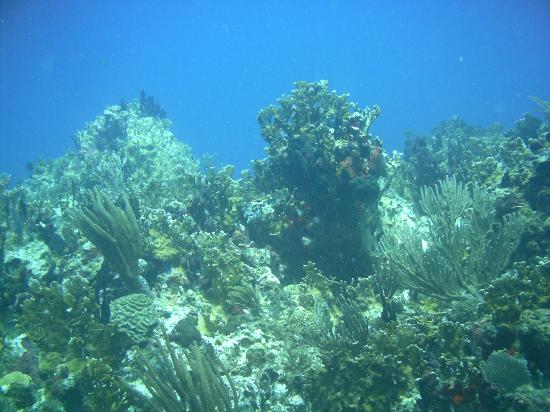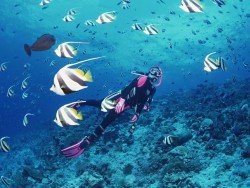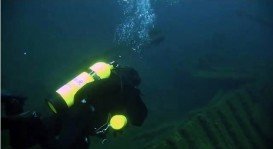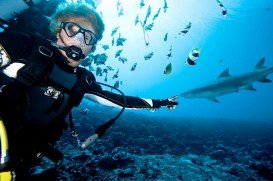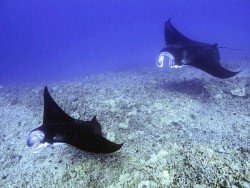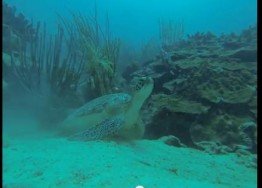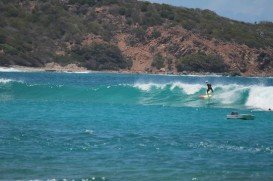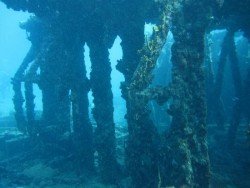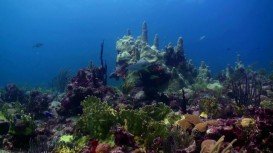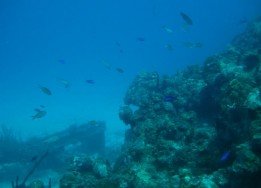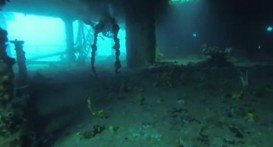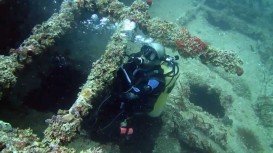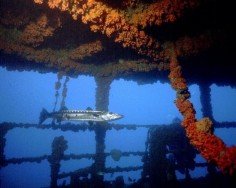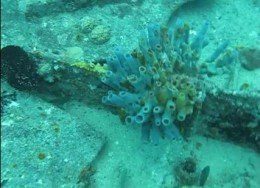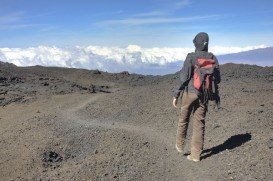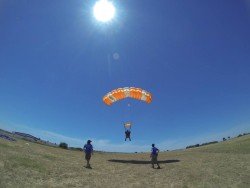The Virgin Islands of the United States, or the U.S. Virgin Islands lie in the Caribbean Sea, east of Puerto Rico. This group of islands consist of the main islands of Saint Thomas, which is home to the capital city of the U.S. Virgin Islands, Saint John, Saint Croix, Water Island and other surrounding minor islands.The climate here is classified as tropical savanna climate, mostly affected by moderate trade winds.
As far as diving is concerned, St. Thomas is an excellent choice, especially for those who love wreck diving. It is also home to a wide variety of fish species and corals. Cow Rock is one of the most popular dive sites in St. Thomas that lies on the southeast side of the island, just next to Calf Rock.
Divers can swim through stunning natural arches, canyons and observe beautiful natural formations with lots of swim-throughs. Cow Rock is in a nationally protected park, giving you the opportunity to witness an abundance of marine life, including lobsters, crabs, hawksbill turtles, angel fish, soft and hard corals. The average depth here is 12 m/39.4 ft and the maximum is 15 m/49.2 ft. In addition, visibility is good and ranges from 10 m/32.8 ft to 30 m/98.4 ft.
The average water temperature varies from 75°F/24°C in winter to 80°F/27°C in summer, offering good diving conditions all year round. Last but not least, Cow Rock is suitable for both the novice and advanced diver. Note: be careful of boat traffic and strong currents.


